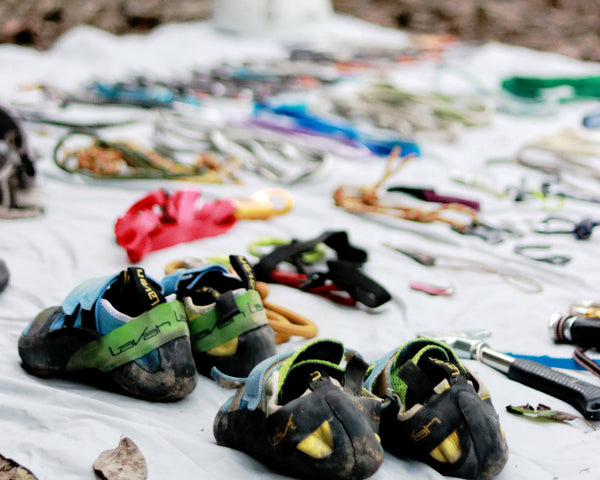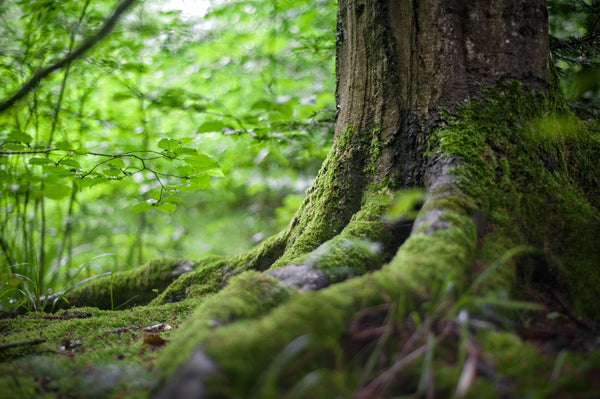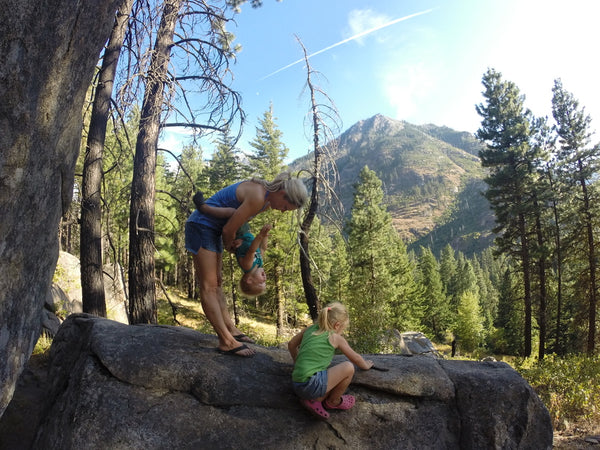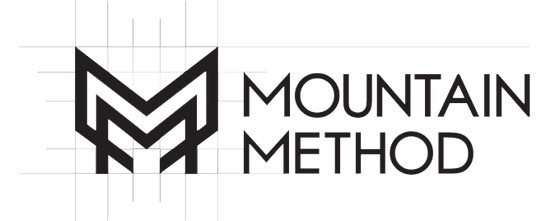Build forearm strength & reduce injuries | EXTENSOR muscle training!

Our forearms are one of the most commonly used and sometimes overused muscles in our bodies. Whether it’s repetitive typing or doing forearm intensive activities like rock climbing or weight lifting, those bad boys experience a lot of fatigue and miss-use if not properly taken care of.
Maintaining a health balance of muscle development throughout your forearm is crucial so that you ward off injury and reduce muscle and joint pain.
“Competitive and weekend warrior athletes sustain a wide variety of soft tissue, bone, ligament, and tendon and nerve damage to their upper extremities. These types of injuries are directly related to trauma or repetitive stress, and account for a significant amount of ‘down time’….” -Deeprecovery.com
So...wondering what you need to know and do to ward off the dreaded downtime in your routine or workout? Let's start with the muscle basics and build from there.
The key muscles that make up many of the core motions within your forearm are represented within the flexor muscle and extensor muscle.
The flexor muscle enables you to close your fingers, while the extensor digitorum muscle extends your fingers. If your extensor muscles get to tight or develops trigger points, you can feel pain at your forearm and elbow.
While flexor muscle development has tremendous benefits for enhanced muscle tone, endurance and shear strength, it can have negative impacts by under-developing core muscles such as your extensor forearm muscles. A fusion of equally weighted training between the extensor and flexor ensures proper distribution of muscle and reduction of injury and future pain.
Wondering what activities are HIGH in Flexor Muscle dependency?
- Sports - Flexor Dependent Activities: Bouldering & rock-climbing, mountain biking, weight lifting, motocross, motorcycling, golf, tennis, hockey, rowing, etc.
- Everyday - Flexor Dependent Activities: computer & mouse use, mechanics, construction, etc.
Issues with overuse and dependency on ‘flexor’ muscle leads to increased muscle strain, ‘Tendinitis’, ‘Tennis Elbow’.
If you are recreating in heavy flexor dependent sports or spend large amounts of time typing on a keyboard, it’s crucial that you take proactive steps to reduce and keep pain at bay. Since the forearm is used so much in every form of daily activity, pain within the forearm can be devastatingly disruptive to everyday life. With this in mind, you should be focusing on treating injuries and strengthening muscle structure.
Benefits of exercising forearm extensor muscles:
- Increase your recovery speed
- Focuses on injury prevention before it's too late
- Maximize hand stamina
- Stabilizes wrist and elbow joints
- Improves muscle tone (aka – your forearms look awesome-sauce)
Now that you know the fundamental importance of equally exercising your flexor and extensor forearm muscles, here's some treatments and exercise resources.
Treatments and therapies for forearm pain
- We have all heard the acronym and it still applies here – R.I.C.E
- Rest
- Ice
- Compression
- Elevation
- Reduction of activity – Yup I said it and this one sucks
- ‘an ounce of prevention is worth a pound of cure’ ― Benjamin Franklin
- Massage – Utilizing massage balls as well as applied pressure can help treatment and reduce pain.
- Utilize forearm exercise equipment
- Mountain Method offers forearm flexor and extensor equipment that simplifies your exercise and muscle development process. Mountain Method’s ‘Crimp Grip’ 6-pack set includes ‘extensor bands’ to focus on strengthening extensor muscles and ‘grip rings’ to enhance your flexor muscle growth/tone.


Whether you’re a rock climber looking to maximize your overall grip strength and injury prevention or fighting off repetitive motion strain. Crimp Grips help balance muscle development so that you can perform at your highest level or maintain a healthier lifestyle through pain reduction and avoidance.
Whatever your recovery, prevention, and forearm program may look like, don’t let the little brother of the flexor muscle go underdeveloped. Kick your butt into high gear and get those flexors and extensors working in unison today!
1 Response
Cliff
Great article. Also, a farmer’s walk is a great additional exercise for strong forearms.
https://musclesmagician.com/best-forearms-exercises/
Leave a comment
Comments will be approved before showing up.
Also in Mountain Method | Blog

FROM CADDY TO CRAG: 9 BOULDERING ESSENTIALS FOR MOUNTAIN STEWARDS
The Mountain Method Boulder Caddy enables you to “PACK less - SEND more!”, but that begs the question: what exactly should you pack?
Trad climbers are used to meticulously racking and re-racking their pro as a matter of life and death, but boulderers tend to be a far more Laissez-faire bunch. Beyond the obvious crash pad to protect our falls, however, are certain bouldering essentials to top off your cragging experience (so you can top out some boulders).
So, now that you have your crash pad and your Boulder Caddy, let’s talk about what to put in it.

6 ways to be more Sustainable | Keep nature green for generations to come
While most people associate mountain stewardship with activities like trail restoration and land preservation advocacy, the basic definition of stewardship is an “ethic that embodies the responsible planning and management of resources”, in fact applies to a much greater environmental awareness.
Crag and trail responsibility are only a small piece of the ‘Protect-our-Planet’ pie. They merely fit inside a larger framework of overall environmental awareness and greenhouse gas reduction (GHG). In other words, being a Mountain Steward is as much about sustainable living habits off the trail as it is on it.
In this article, we'll talk about simple ways to achieve sustainability and counter climate change that keeps nature clean and green!




Jason Hol
Author